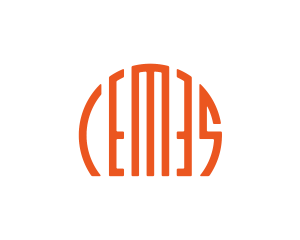Understanding the relationships between heterogeneous microstructures and tensile properties through characterization of plastic strain localization in ti-6al-4v processed by wded.
Résumé
Wire Direct Energy Deposition (WDED) processes enable near-net-shape manufacturing with a high deposition rate and improved size capabilities as compared to powder-based additive manufacturing (AM) processes. They can be classified according to the employed heat source: a beam, either laser for Wire Laser AM (WLAM) or electron for Electron Beam AM (EBAM), or an arc welding for Wire Arc AM (WAAM). Prior studies have enabled us to limit the introduction of defects and contamination issues using WDED technologies. However, the process-inherited heterogeneous microstructures, including strong crystallographic textures, and consequences on anisotropy and variability in mechanical properties are still not fully understood. In particular, Heat Affected Zones (HAZ) are clearly observed in the material and their features are strongly related to the heat source and the scanning strategy. These HAZ are known to produce a highly heterogeneous microstructure at the millimetre scale with a gradient of α-lath thickness and clusters of crystallographic variants. While these areas are prone to a heterogeneous strain distribution, the relation with macroscopic ductility remains unclear for WDED processes. In the present work, deformation heterogeneity was studied in relation to microstructure to clarify the role of the HAZ-induced strain localization on tensile anisotropy. Digital image correlation (DIC) combined with electron back-scattered diffraction (EBSD) was employed for this purpose. In particular, spatial variations in lamella thickness and implications of Burgers Orientation Relationships were considered to understand the heterogeneous development of slip activity.
| Origine | Fichiers produits par l'(les) auteur(s) |
|---|

